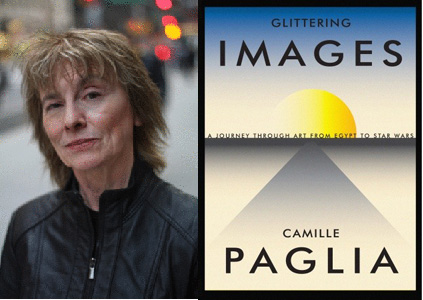
NEW YORK DAILY NEWS
December 27, 2012
The danger of closing 'asylums'
by James Panero
For 50 years now, the United States has pursued a policy toward the mentally ill that has left the sick untreated and our country unsafe. While we await more facts about the tragedy at Newtown, Conn., similar heinous episodes suggest a correlation between violent crime and what’s known as “deinstitutionalization,” the policy of closing state mental institutions.
Of course, only a small fraction of the mentally ill commit violent crimes. But in the wake of Adam Lanza’s massacre, this minority is of the utmost concern.
In the 19th century, state legislatures got it right: They dedicated significant funds to the construction of palatial estates, designed by the era’s best architects, for the sole purpose of caring for the mentally ill through a method known as “the moral treatment.”
While there surely were some abuses, these institutions not only prevented the severely ill from harming others, they also provided them with a calming refuge — true “asylum” — from the gutters, jails and almshouses that were until then the default custodians of society’s “lunatics.”
But over the last half-century, a combination of progressive groups, big-government bureaucrats and conservative naysayers rallied against these institutions and succeeded in seeing to their demise.
At midcentury, when these institutions were overcrowded, such criticism might have been justified, but the results today are far worse.
Since the 1960s, according to the Treatment Advocacy Center, more than 90% of mental patients have been discharged from state care to live in ordinary society. In 1955, there were nearly 600,000 mentally ill patients in state psychiatric hospitals. Fifty-five years on, only 43,000 state psychiatric beds remain available for use.
Civil libertarians have meanwhile erected legal barriers against commitment. Being in need of treatment is no longer enough. Because the mentally ill must now pose a threat to themselves or others — rather than simply requiring care — we must often wait for them to act on a threat before removing them from harm.
Without proper care and separation from society, a percentage of the severely mentally ill now pose a serious danger to the public. In recent years, many of America’s mass homicides have been committed by untreated mentally ill persons.
This list includes Seung-Hui Cho, who in 2007 killed 32 at Virginia Tech; Jared Lee Loughner, a diagnosed schizophrenic who in 2011 killed six people in Tucson — and most likely James Holmes, who in July opened fire on a crowded movie theater in Aurora, Colo., killing 12.
Reports suggest Lanza, the Newtown killer, was also possibly afflicted with a profound derangement beyond the Asperger’s syndrome he is said to have had.
The same goes for William Spengler, the Christmas Eve shooter who ambushed volunteer firefighters in upstate New York, killing two, along with his sister, before turning the gun on himself. The police chief in
Webster, N.Y., speculated that Spengler likely had "mental health issues.”
Violence on a mass scale requires planning, which is why such horrific acts committed by the mentally ill are rare. But they are far from unknown.
The threat of lesser psychotic incidents remains an even greater public concern. A 2008 study in Indiana found that 10% of inmates imprisoned for homicide had been diagnosed with severe mental illness, a number consistent with similar studies in Europe.
For example, nearly all people who push individuals in front of subway trains are severely mentally ill. In 1999, Andrew Goldstein, a schizophrenic off his medications, pushed Kendra Webdale to her death in front of a New York City subway train.
That incident (and others) led to the creation of Kendra’s Law. This legislation, which gave courts the power to compel the mentally ill to accept treatment as a condition of living in society, was opposed by the American Civil Liberties Union.
Today’s mentally ill have all but returned to the preinstitutional conditions of the 1850s and before: When not sleeping on the streets, many are again consigned to drift among a custodial system of prisons, welfare hotels and outpatient facilities.
In 1880, the severely mentally ill made up less than 1% of the U.S. prison population. A hundred years later, the percentage was 10 times greater.
The Los Angeles County Jail has become the largest de facto psychiatric inpatient facility in the U.S.; New York City’s Rikers Island is second.
For half a century, the states have closed their asylums in an effort to save money, while lawyers have routinely put up obstacles to care.
The costs have been far too high. This is true both for the mentally ill who have been left untreated and for the public that must endure their random acts of violence.
Panero, the managing editor of The New Criterion, is at work on a history of deinstitutionalization for City Journal.
Read more: http://www.nydailynews.com/opinion/insane-violent-street-article-1.1225716#ixzz2GGiaMuux

